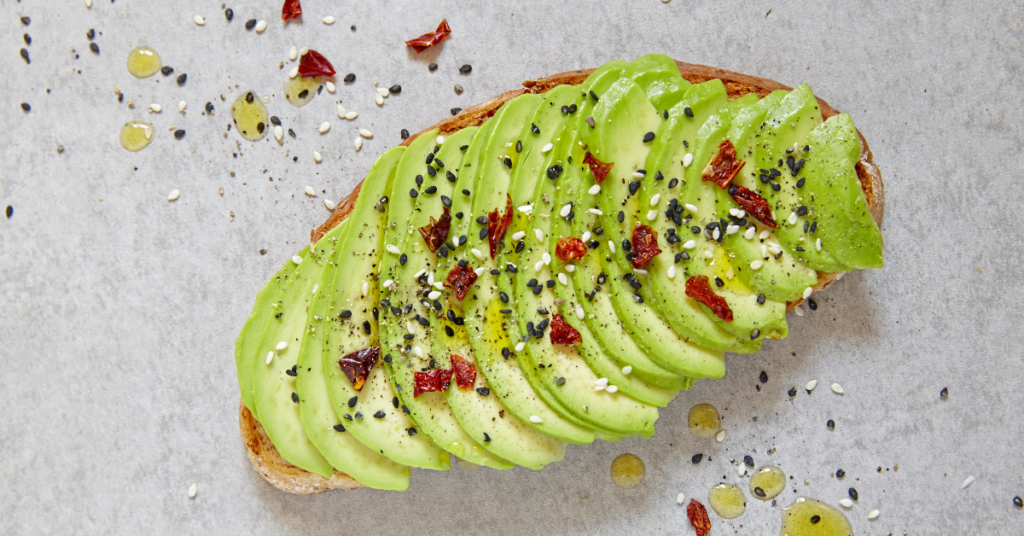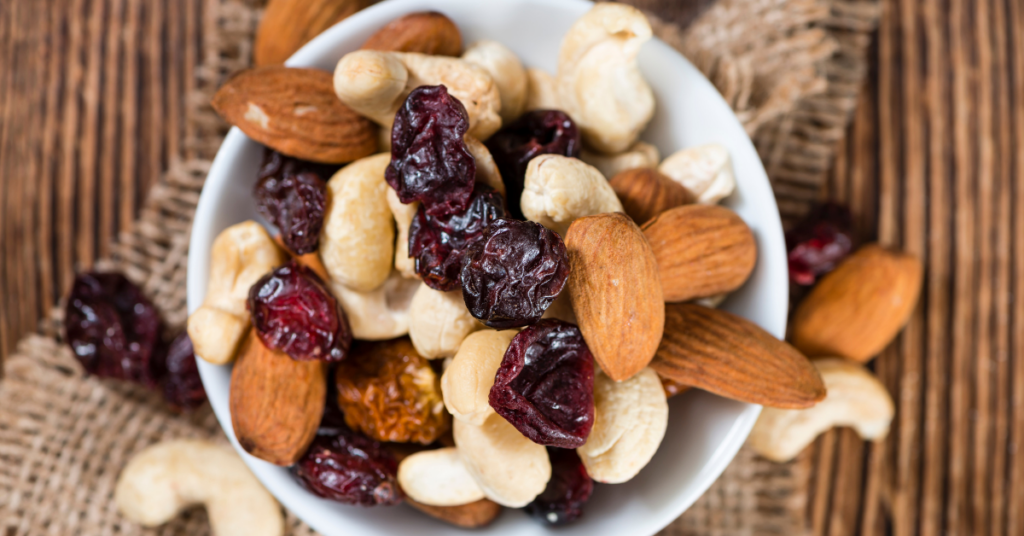The Protein Problem Nobody Talks About
You’ve been told to “get more protein” or “you don’t get enough protein”, which in fact is usually true. Walk into any grocery store and you’ll find protein added to everything: chips, cereal, ice cream, even water. Protein shakes boast 30 grams. Bars shout “complete protein!”
And yet, most of these products completely miss the mark when it comes to what your body actually needs to build and repair muscle.
That’s because we’ve been taught to focus on how much protein we eat, not how well it works.
But here’s the thing most brands and diets don’t mention:
Most of that protein isn’t doing what you think it is.
It may be labeled “complete.” It may be animal-based. It may even have a long track record in sports nutrition. But if it’s imbalanced, mismatched, or missing key components, your body won’t use it efficiently.
This is the core issue that NutriMatch™ was built to solve.
Your Muscles Don’t Care About Just Grams. They Care About Match
To build or repair muscle, your body needs nine essential amino acids (EAAs), the amino acids it can’t make on its own. These must come from your diet.
But it’s not enough to simply have some of each.
Your muscles require these amino acids in very specific ratios to actually rebuild tissue.
If just one is missing or too low, the entire process slows down or comes to a halt. That’s the limiting amino acid effect, a fundamental principle in protein science that most brands quietly ignore.
When a protein is unbalanced, too high in some amino acids, too low in others, your body can’t use all the protein you just consumed. Instead, it burns the excess for energy or stores it as fat.
The end result? You consumed 30g of protein… but maybe only 15g were actually useful.
That’s the difference between quantity and quality.
Match Rate™ = Protein Efficiency
Most people assume more grams = better protein. But what actually matters is how many of those grams your body can use to build and repair muscle.
That’s where Match Rate™ comes in. It measures how closely a protein’s amino acid profile matches human muscle, and with it, how efficiently your body can put that protein to work. It gives you a clear, science-based percentage showing how efficiently your body can use that protein for building and recovery.
Even high-protein foods like chicken or whey aren’t perfectly matched to your muscle needs.
Only NutriMatch™ was formulated to be.
Let’s look at the numbers:

Whey, often considered the gold standard, clocks in at just 48.48%. That means over half of the protein you consume in a typical whey shake isn’t ideally matched for muscle-building.
Even top-tier animal proteins like bison and beef max out around 85%.
Good, but still not complete.
NutriMatch™ is the only plant-based protein designed to provide the exact ratios of amino acids that your body actually uses and needs, achieving a Match Rate of 96.2%. That means:
- Less protein waste
- Faster recovery
- More efficient fueling
- Smarter nutrition per gram
This is why Match Rate isn’t just a nice metric, it’s a breakthrough in how we define protein quality.
Let’s Talk About Whey
Whey protein is often considered the “gold standard”, fast-digesting, widely studied, and a staple in nearly every athlete’s pantry.. But it’s extremely misleading and far from perfect.
Whey is extremely high in leucine, which does help trigger muscle protein synthesis. But it’s relatively low in histidine, methionine, and threonine, all essential amino acids your muscles also need to actually build tissue.
That imbalance makes whey inefficient. Your body can’t use what’s missing — so the rest goes to waste.
Despite being highly digestible, whey’s Match Rate is just 48.5%. That means over half of what you consume has limited muscle-building potential.
It’s like filling your gas tank with premium fuel, but spilling half of it on the ground.
And if you’re trying to stay lean? That unused protein doesn’t just disappear. It often gets converted to glucose, and if you’re not burning it? It’s stored as fat.
Which brings us to the “bulk and cut” cycle most lifters talk about:
“You can’t gaintain. You have to bulk up… add some fat… and cut later.”
But what if the real issue isn’t the calories and metabolism… it’s your protein?
Whey might be a major part of that inefficiency. If only half your protein is usable for building muscle, and the rest gets stored or burned, no wonder fat gain feels inevitable during a muscle-building phase.
NutriMatch™ challenges that assumption.. by delivering a 96.2% Match Rate, so nearly every gram is put to work. It’s protein that builds without the unnecessary baggage.
Chicken and Meat: Closer, But Still Short
Animal proteins are often assumed to be ideal because they’re labeled “complete” and have a long history in performance nutrition. And it’s true, whole foods like chicken, beef, and fish do offer better amino acid balance than processed, fractionated proteins like whey.
But “complete” isn’t the same as “optimized.”
Let’s look at the actual Match Rates of meats to human muscle:

While these numbers are certainly better than whey, pea, or rice, they still fall short of true precision. Even bison, one of the most protein-dense animal sources, is still about 11 percentage points behind NutriMatch™.
Think of it this way:
A protein with an 85% Match Rate still leaves 15% of what you consume on the table, unused or inefficiently metabolized.
It’s like filling up your tank with premium fuel but knowing a gallon and a half spills every time. It’s better than regular gas, sure, but it’s still not efficient.
Animal proteins weren’t designed to serve human biology, they evolved to serve the species they came from. Their amino acid profiles are close, but not engineered for you.
That’s the key difference: NutriMatch™ wasn’t extracted. It was built, from the ground up, to align with the human blueprint. And that makes all the difference in how your body uses what you feed it.
What About Plants?
Most single-source plant proteins are complete, but they are also unbalanced on their own:
- Pea is low in methionine
- Chia is low in lysine
- Rice has excess phenylalanine
- Soy is low in valine
- Corn is low in histidine
- Wheat is low in lysine and excess phenylalanine
- Oat is low in methionine
Plant proteins aren’t incomplete, they’re imbalanced.
They’re just not enough on their own unless intentionally combined and optimized. Vegans often say, “Just mix and match and you’ll be fine.” That only gets you so far, and it takes real effort and conscious eating to get the right balance every day.
Even most nutritionists quietly acknowledge this. That’s why they recommend vegans consume protein at the high end of the recommended grams per pound (or kg) of body weight. Why? Because they intuitively know that plant proteins are lower in quality, and you’ll need to eat more of them to make up for all the inefficiencies and amino acid waste.
Balancing macros and micros becomes exhausting. Even worse, it becomes inaccurate and often inadequate.
That’s what NutriMatch™ is built to solve. We blend multiple plant sources to provide the exact ratios of amino acids that your body actually uses and needs.
The result? A 96.2% Match Rate.That’s not just better for a plant protein. That’s better than any protein. Period.
Why This Matters: Muscle, Recovery, Metabolism
When your protein source is off-balance, your body:
- Wastes essential amino acids
- Burns the rest for energy (inefficient)
- Stores some as fat if unused (undesirable)
- Loses out on muscle repair or growth (frustrating)
When your protein source is highly matched, your body:
- Builds and repairs muscle efficiently
- Recovers faster
- Uses nearly every gram
- Reduces metabolic waste
- Requires less total intake to get better results
This isn’t just better for performance, it’s better for digestion, metabolism, and sustainability too.
Takeaway: Stop Chasing Grams. Start Demanding More.
If you’ve ever:
- Hit a plateau despite getting “enough” protein
- Felt bloated or sluggish after a shake
- Struggled with recovery or lean gains despite tracking your intake…
We built NutriMatch™ to solve that.
To create a protein that wasn’t just digestible, or “complete,” or vegan, but actually aligned with human biology.
That’s what Match Rate unlocks.
And once you’ve used it, it’s hard to settle for less.



